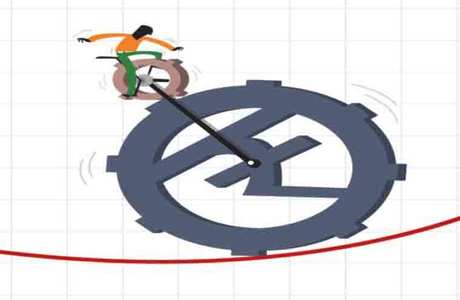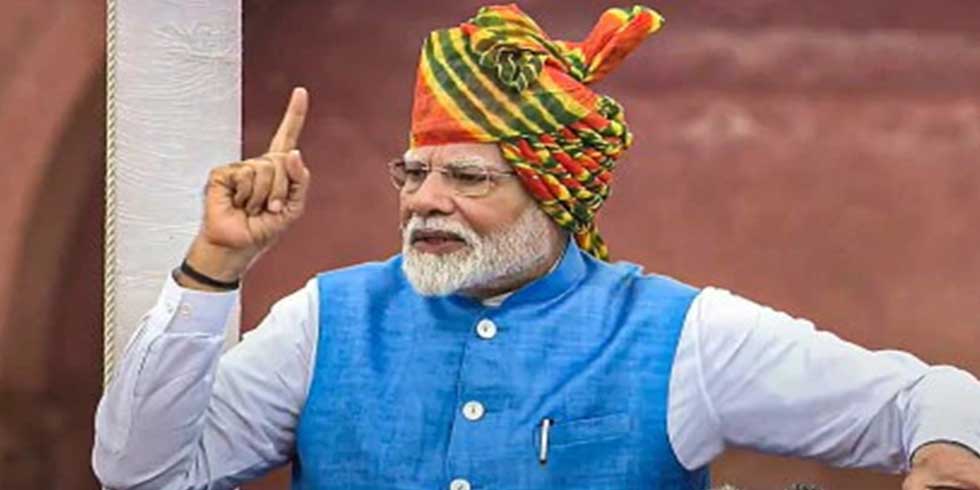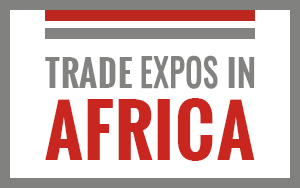The global economy has been recovering from the recession of 2009 at a tepid rate (at approximately 2.5 per cent per annum). This rebound has been much slower than that after World War II. The question worth asking is whether the factors responsible for this slow growth are temporary, or if they are the new normal. The fact is that, but for the baby boom and the massive rebuilding of economies after World War II, global growth never topped 3 per cent. Since the causes for the 4 per cent global growth after World War II are unlikely to re-occur soon, it would be reasonable to presume it was an exception.
The main causes of the current slow global growth are declining populations, protectionism, de-leveraging and no major productivity-enhancing revolution. The period between World War II and the financial crisis was characterised by population growth, major investment, productivity gains, increases in global trade and cross-border flows of people — a debt boom. Today, in most countries, these trends are decelerating. However, to recognise the reality of slow global growth is political hara kiri. So, there is a decoupling of political needs and economic reality. Most governments are coming up with radical policy experiments for growth.
While for a majority of countries, a high or higher growth rate would be elusive, India has a great opportunity before it. Analysis of the causes of the slowdown in the Indian context would be enlightening. For most countries, a declining population was already on the way prior to the financial crisis. Population growth boosts economic growth through an increase in the workforce, aided by an increase in productivity. India is in the throes of a demographic dividend which would be an impetus to growth, if the new entrants to the work force are productively employed.
The government has recognised the need for jobs and embarked on a multi-pronged strategy. This strategy encompasses corporate governance reform, pro-growth tax reform, agricultural reform, government
administration reform, the expansion of public-private partnerships, increasing jobs through targeted manufacturing/service investment — tourism, health, education, micro and small enterprises, agribusiness — and massive drives in all the areas; these include Make in India, Skill India, productivity-based infrastructure development and initiatives related to the ease of doing business.
These strategies have begun to make a difference and should, over a reasonable period of time, create the jobs we need. The rationalisation of subsidies and direct cash transfers will plug leakages associated with the previous subsidy regime and make money available for merit subsidies — health, education, etc. — that can help us exploit our population dividend.
During the golden age of growth, the increase in productivity was largely the consequence of technological advances.
However, as productivity-based growth slowed, easy money took its place. The reduction in inflation led to a reduction in interest rates by the Central Bank. Prior to this lowering of borrowing costs, economic growth and borrowing moved in tandem — as this should. Reductions in the cost of borrowing to near-zero and easy money led to global debt surging from 100 per cent of GDP in the 1980s to 300 per cent by 2008, which led to the financial crisis.
Unfortunately, the tech-based productivity revolution largely passed India by, so did — fortunately — the money revolution. India’s debt to GDP ratio is 68 per cent. We are now poised to leapfrog directly into the digital world and reap the productivity gains. The priorities are the ease of doing business, infrastructure improvement, fiscal reforms — such as GST — agriculture reforms, administrative reforms, conservation, labour reforms and the digital revolution. We are moving towards increasing manufacturing’s share in furthering jobs. This, combined with the increase in consumption through workforce increase, should impact both consumption and investment, leading to the delta required to take our GDP past 8 per cent.
The global financial crisis largely passed India by; so, our need for quantitative easing was limited. But we have created our own crisis — non-performing assets (NPA). The government is working to resolve the issue. It is worth mentioning that the banking system has a provisioning coverage of 50 per cent plus on NPAs.
With growing political uncertainty in the US, the emergence of protectionist policies and amidst slowdown concerns related to China, countries whose GDP is dependent on exports could find themselves with increased instability. The most affected are those with exports accounting for a high percentage of their GDP and with low domestic demand support. India appears to be less vulnerable on these fronts.
Despite the US’s importance as a market for India and Japan, the larger and more diverse nature of these economies provides them with some cushioning from protectionist trade policies, with shipments to the US making up only 2 per cent and 3 per cent of their respective GDPs.
Furthermore, an ADB report suggests that a growth slowdown of 1.6 percentage points in China would bring about a growth deceleration of 0.26 percentage points in developing Asia as a whole. In Southeast Asia, the Philippines and Malaysia would be hardest hit, with GDP growth slowing down by more than 0.40 percentage points. The adverse growth effects on other ASEAN countries are generally less — ranging from 0.27 to 0.35 percentage points.
Meanwhile, India is most insulated from China’s slowdown: Its annual GDP growth could be lower by a slight 0.14 percentage points.
With roughly 59 per cent share in India’s GDP, household consumption spending has been the major driver of economic growth and has, on many occasions, acted as a protective shield to global demand shocks. India also has low reliance on external savings to fund its growth. As per S&P Ratings, the banks are mainly deposit-funded and don’t rely on wholesale funding to grow their loan books.
As is the rule, there will be winners and losers in a changing world. The winners are likely to be countries less reliant on global trade, domestic consumption-driven, with an increasing population, a scope for productivity improvement and a low per capita base. It would be fair to conclude that India’s GDP growth rate of 7.5 per cent is good and sustainable: So also is the potential target of 8 per cent plus.








Add Comment